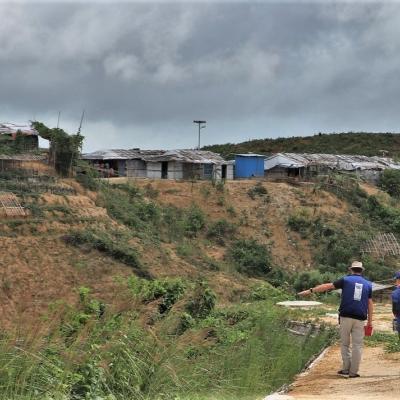PPS Announcing Release of GPM L2-L3 CSH V06 Data Products
The Precipitation Processing System (PPS) has begun the TRMM and GPM Goddard Convective-Stratiform Heating (CSH) V06A level 2 and level 3 data reprocessing on, Monday October 21, 2019. This reprocessing will cover the whole life for TRMM and the period from the launch to current for GPM. The release notes (CHS V06) explaining the key changes from V05A and improvements implemented in the current V06A product will be available later this week and will be posted on the following PPS public web pages as soon as it's provided: https://pps.gsfc.nasa.gov/GPMprelimdocs.html https://pps.gsfc.nasa.gov



